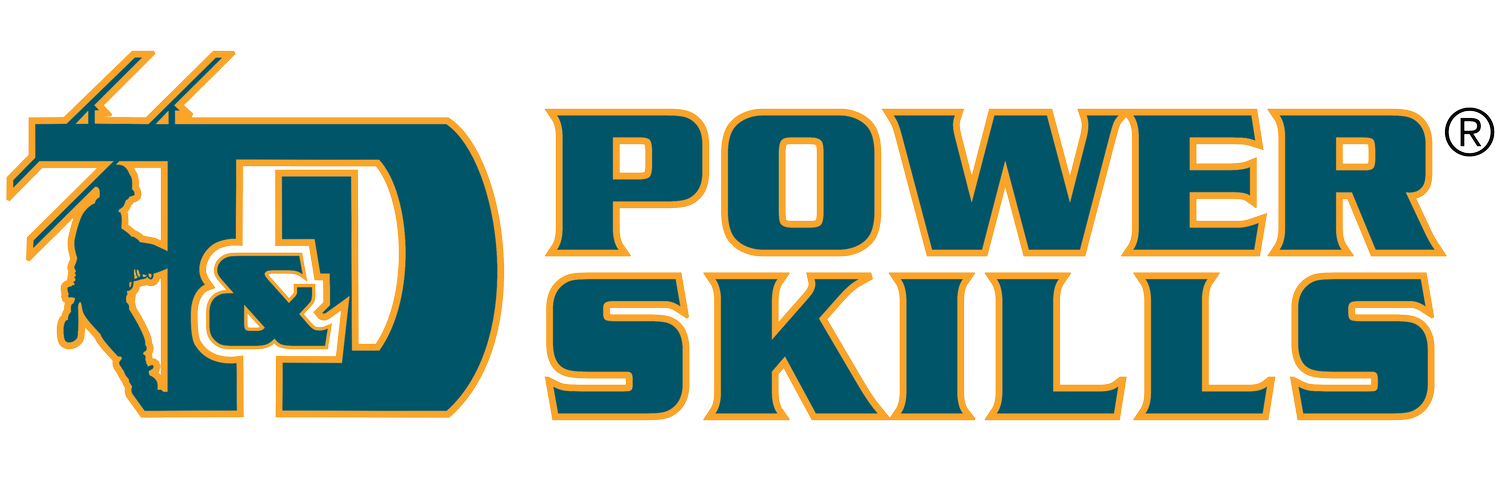Alternating Current Fundamentals
COURSE DESCRIPTION
Most of the electrical equipment used today operates on alternating current (AC). The purpose of this training unit is to review significant terms, concepts, and principles associated with alternating current.
COURSE GOAL
Emphasis is placed on what alternating current is, how it works, and what factors affect the operation and maintenance of AC equipment such as motors, lights, and communications equipment.
SUBJECTS AND OBJECTIVES
Alternating Current
Explain the differences between direct current and alternating current.
Explain how current flow and polarity change in AC circuits.
Explain what frequency is and how it is measured.
Define peak value, peak-to-peak value, and effective value with respect to AC voltage and current.
Inductance
Define inductance and inductive reactance.
Explain how inductive reactance limits current flow.
Differentiate between in-phase and our-of-phase currents and voltages.
Capacitance
Define capacitance and capacitive reactance.
Name the basic components of a capacitor.
Explain the effects of capacitance o current and voltage.
AC Power
Differentiate between true power, reactive power, and apparent power.
Explain how power factor is used in calculating true power in AC Circuits.
Single-Phase and Three-Phase Systems
Explain the difference between single-phase and three-phase AC systems
Explain how a three-wire single-phase AC system supplies two different voltages.
Differentiate between delta-connected and wye-connected three-phase AC systems.
